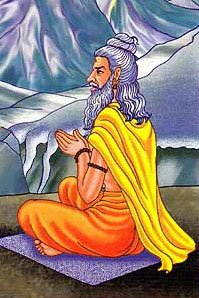The Bhikshuka Upanishad (The Essence of Asceticism)
The Bhikshuka Upanishad (The Essence of Asceticism)
The Upanishad primarily focuses on the path of renunciation and the virtues of a wandering ascetic. It provides profound insights into the nature of reality, the self, and the ultimate goal of liberation (moksha). Central to its teachings is the idea that detachment from material possessions, desires, and worldly attachments is essential for the spiritual journey. It elucidates the concept of Atman (the individual self) and Brahman (the universal self) and emphasizes the unity of all beings. It explores the nature of existence, the impermanence of the physical world, and the eternal nature of the self. Through introspection and self-discipline, the wandering ascetic seeks to realize their true nature as the eternal, divine essence.
The Upanishad extols the virtues of renunciation and the renunciant way of life. It emphasizes the need to detach from material possessions, relationships, and worldly pursuits to attain spiritual liberation. It emphasizes the importance of self-realization and the recognition of the inherent unity between the individual self (Atman) and the universal self (Brahman). It highlights the significance of austerity and self-discipline in the spiritual journey and encourages practices such as meditation, self-restraint, and contemplation to purify the mind and attain higher states of consciousness. Its teachings on renunciation, self-realization, and the pursuit of spiritual liberation continue to inspire seekers on the path of self-discovery and inner transformation. By embracing the essence of this Upanishad, individuals can cultivate a deeper connection with their inner selves, transcend the illusions of the material world, and embark on a transformative journey towards spiritual enlightenment.


Comments
Post a Comment